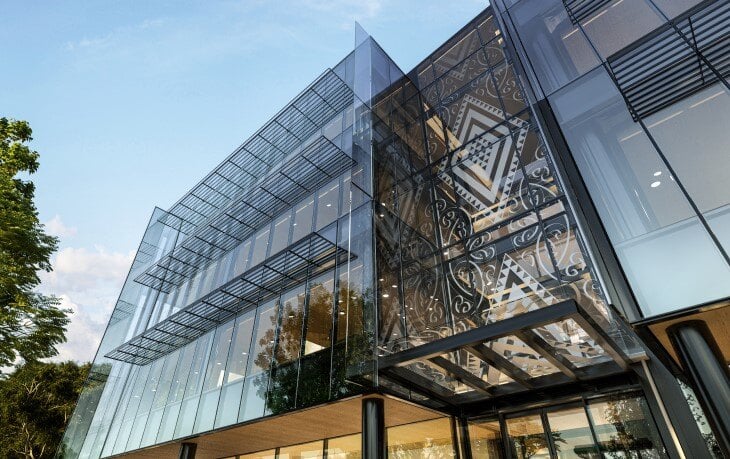Homes and buildings are arguably in a unique position. While a major contributor to our climate emissions, we know that solutions exist now. Other sectors face a ramping up of not just behavioural change, but technological and scientific development if they’re to transform their sectors. The solutions to tackle building emissions are available right now and what’s more, offer better conditions for our people to thrive in, and greater resilience to the effects of climate change.
Those already looking to get ahead of this challenge are using the likes of Homestar and Passive House to do it, and we’re excited that these are both in a strong position to lead New Zealand’s industry to a lower carbon future.
Working together to deliver
Just this week Kāinga Ora announced their first Passive House development, Bader Ventura. This is an exciting development and the 18 homes are expected to meet MBIE’s Building for Climate Change final thermal performance cap proposed for 2035. With an estimated 70% reduction in the operational carbon footprint that’s a massive win and paves the way for future reductions across Aotearoa. Encouragingly, Passive House is complementing an 8 Homestar rating in order to address the holistic sustainability picture – tackling the growing issues of embodied carbon, material use, waste as well as health and comfort. As we’ve seen in the recent release of Homestar v5 and its new embodied carbon calculator, there is a huge opportunity in collaboration.
Sharing the approach to energy modelling
Energy modelling software such as the Passive House Planning Package (PHPP) uses set points for internal conditions (between 20 and 25 degrees) and then calculates the energy required to maintain this healthy and comfortable condition for the whole year. The new Energy and Carbon Calculator for Homes (ECCHO) created for Homestar v5 uses PHPP as the base calculation method.
The maximum allowable heating demand for Passive House is 15 kWh/m2/yr, which also happens to be the end cap for New Zealand’s proposed Building for Climate Change framework, and the threshold for achieving maximum points in the new HC1: Winter Comfort credit of Homestar v5.
This means that with Homestar, designers can now accurately answer the question “how much will it cost to run, a healthy and comfortable home in any climate in New Zealand?”



